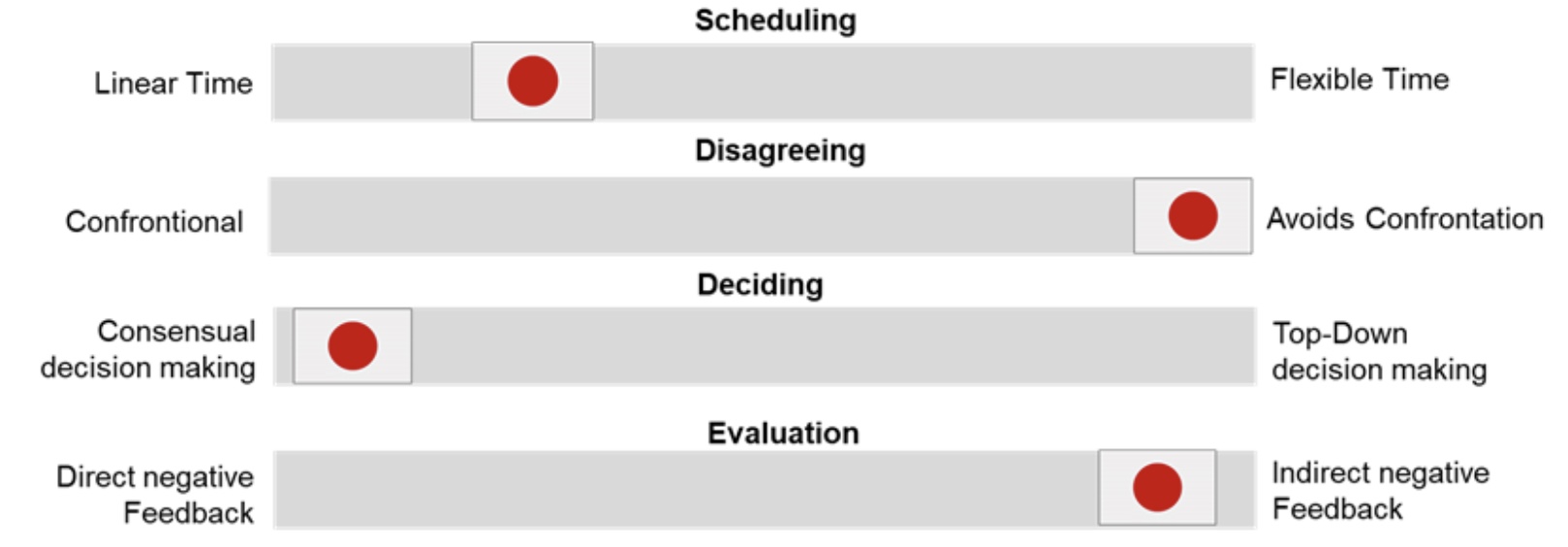
A fascinating country in the far east of Asia, Japan is the fourth largest island nation on the planet. Few countries in the world combine state-of-the-art industry, technical progress, rich culture, history, and deeply rooted traditions in such a concentrated and complex way. In this country, the past and the future stand side by side. With its capital Tokyo and its 126 million inhabitants, Japan is currently the third largest economy in the world. This also opens a promising sales market for many German companies.
Major Japanese companies and trading houses have been present in Germany since the early 1960’s and these companies continue to thrive and strengthen their presence in the German and European market. German-owned companies have also started showing more interest in the Japanese market mainly due to its stable economy and the positive and trustworthy business culture they are known for. Additionally, Japanese companies have established strong business relationships with third countries on different continents, which can also benefit their business partners
Some of these well-known companies include Nintendo, famous for the Gameboy and its iconic characters like Super Mario and Zelda. Toyota, currently in competition with Volkswagen to be the largest automaker in the world. Sony is another popular brand, while younger generations may not be aware of the Walkman (released in 1979), they are likely familiar with the PlayStation.
Professor Erin Meyer1 authored a book that presents a field-tested model for understanding how cultural differences affect international business. She combines a smart analytical framework with practical, actionable advice. Japanese culture is characterized by consensual decision making and a non-confrontational approach to working together. The chart below classifies culture based on four criteria: scheduling, disagreeing, decision-making, and feedback evaluation:

SAP offers essential business practices and functions to assist businesses in Japan in meeting their legal requirements2. In the next chapter we will provide an initial overview of the specific requirements for the finance organization.
Country Version Japan includes features for managing withholding tax, both foreign and domestic payments, various correspondence forms, asset accounting, and travel expenses. Chapters 4.1 – 4.3 will give you a general overview of some of the relevant localization topics:
The SAP Asset Accounting (FI-AA) can comply with the necessary regulations and business practices in Japan. Both the classic and new depreciation engines in the SAP system can be utilized to calculate depreciation, with the new engine requiring SAP ERP6.0, EA-FIN, and SP06 for compatibility. The new engine offers the advantage of fewer depreciation keys, as they no longer need to be marked for each year as before. To accomplish this, the SAP table T097JP is utilized.
The SAP recommendation is to use the latest depreciation engine during implementation to ensure compliance with current and future legal requirements. Additionally, SAP offers country-specific depreciation keys in the sample chart of depreciation 0JP in client 000.The Country Version Japan also includes features for reporting property tax and calculating depreciation according to the half-year convention.
In Japan, every municipality requires citizens and businesses to pay property tax. As per Japanese Tax Law 383, every year citizens must submit a declaration to the municipal tax authority which states the property value as of January 1st. The property is then taxed based on this declaration.
Accountants can use a report generated by SAP S/4HANA to prepare tax declarations. Cost centre managers can use the report to forecast the property tax amount for the current and upcoming year. It's important to note that this migration scope should be included in the project, in addition to the fixed assets migration.
In Japan, companies are required to carry out the process of 'Shimeseikyu'. This is a distinctive process in Japanese business practice and involves the following process steps:
The SAP Invoice Summary solution provides functions to perform the required steps in the invoice summary process in compliance with Japanese requirements. It caters to various document types, including:
The following illustration provides an overview of the 'Shimeseikyu' in SAP:

To modify the invoice summary items' behavior or adjust settings for automatic tax adjustment posting, the process can be customized using SAP Business Add-Ins (BAdIs).
Support from the experts at BSP
Apart from the areas of focus mentioned earlier, there are various other factors to consider while implementing SAP. BSP possesses not just technical know-how, but also established methodologies and management techniques to ensure a successful execution of your project.
Would you like to know more? Feel free to contact us.
Reference list:
1 Erin Meyer: The Culture Map: https://erinmeyer.com/books/the-culture-map/